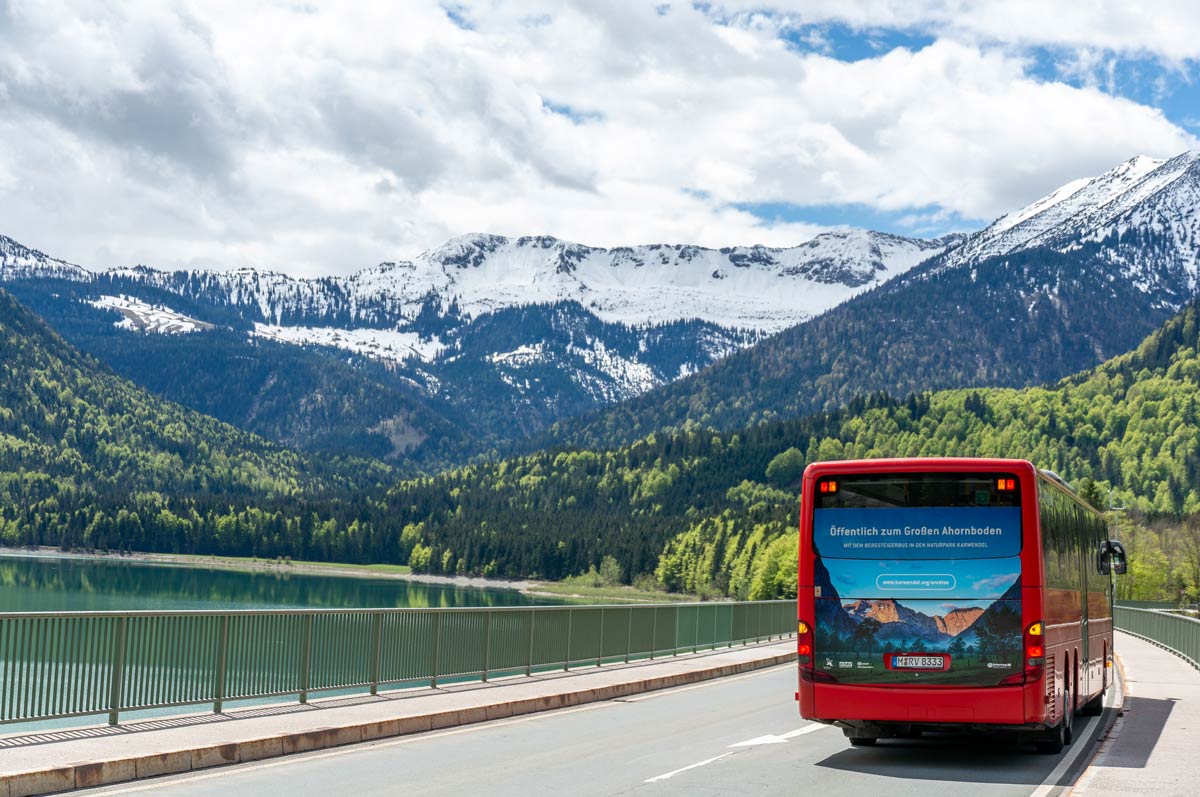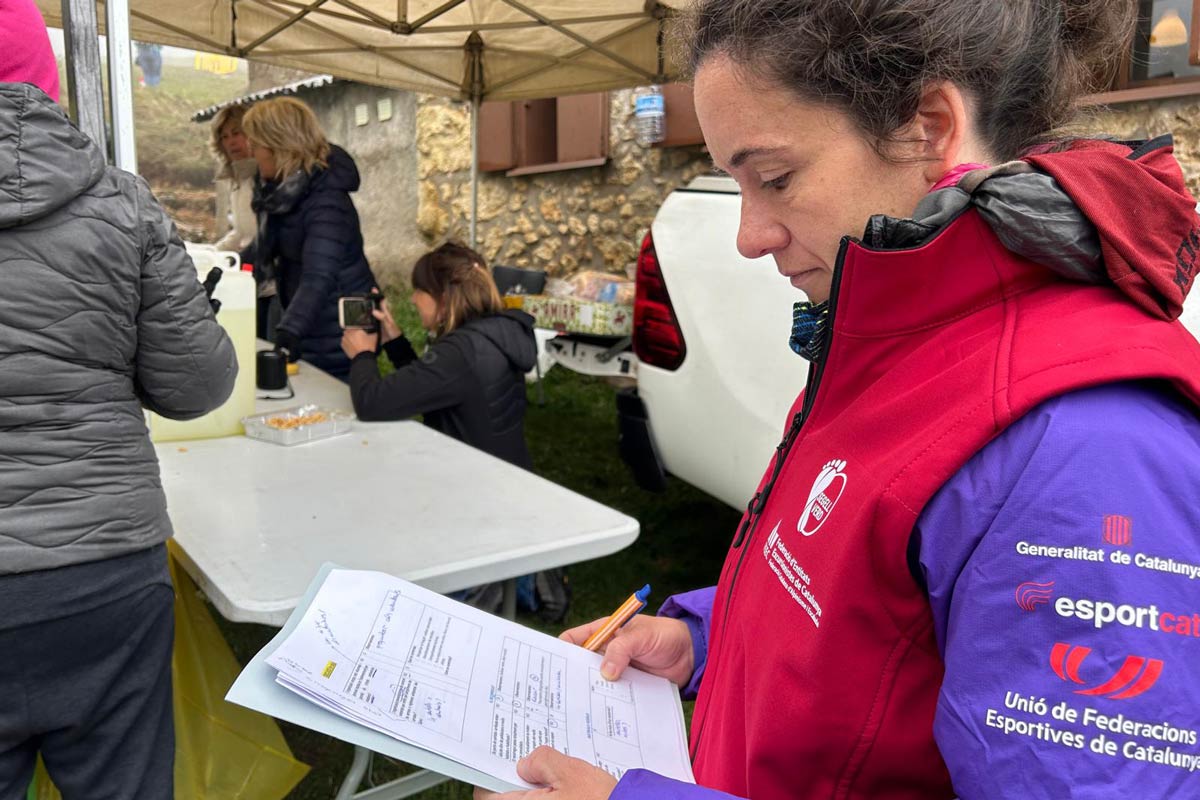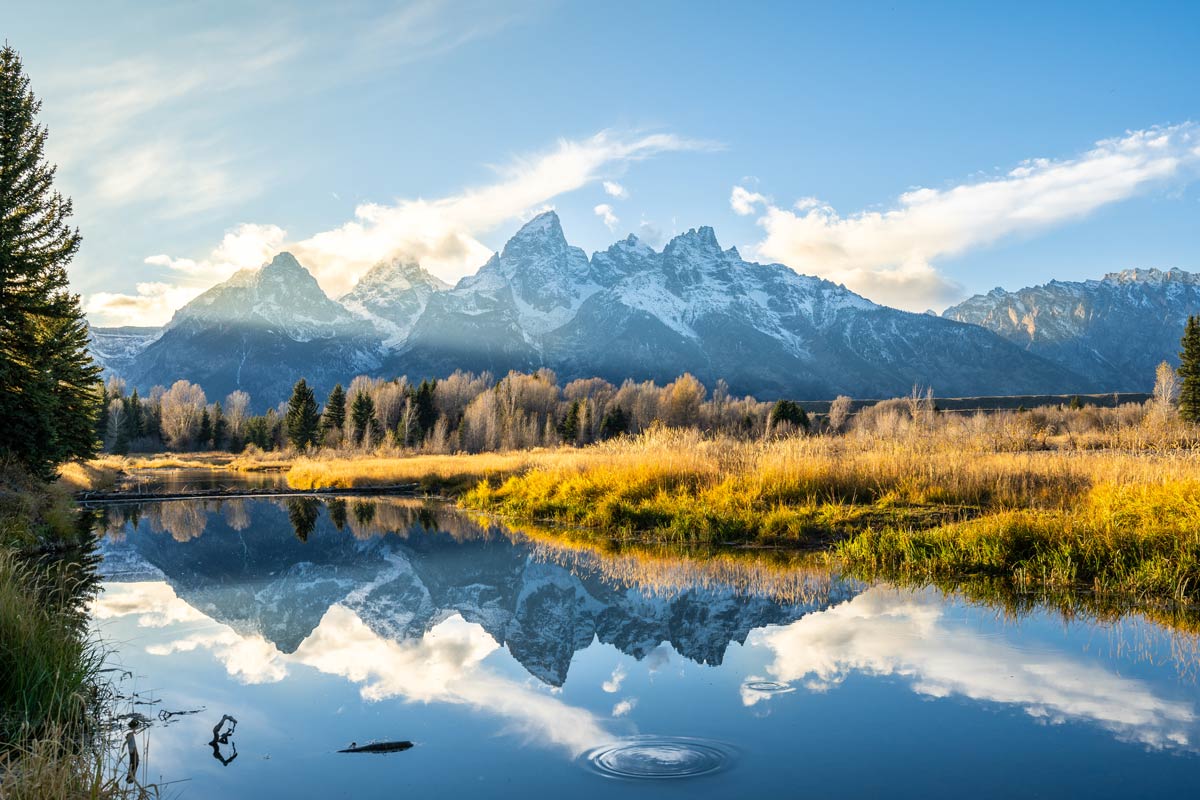One of the core objectives of the UIAA Climate Change Taskforce is to showcase best practices and learnings from its member associations.
Following a recent insight into the Alpine Club of Canada’s State of the Mountains Report, this latest article looks into the gigantic efforts being made at the German Alpine Club (DAV).
The DAV, the largest national climbing federation worldwide, has shared an overview of its Climate Initiative which can be viewed here. The federation’s stance has been incredibly proactive and thorough, a massive commitment at federal level to offer close support and resources for its 356 clubs and some 1.5 million members.
In recent years, the DAV has witnessed first-hand the impact of climate change on its own infrastructures. This includes issues with access and a lack of water at its New Prague Hut (Neue Prager Hütte) in Austria and mudslides on the access road to the Taschachlaus refuge.
The DAV Process
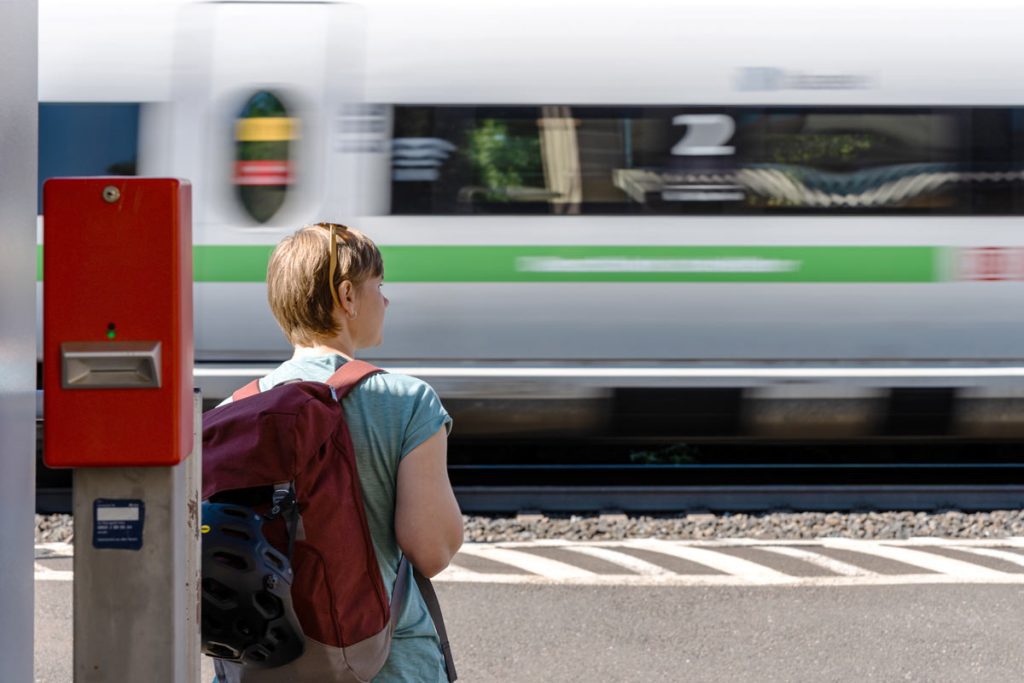
In 2019, the DAV committed itself to The Paris Agreement (COP2015) on Climate Change. Its overarching goal was to hold “the increase in the global average temperature to well below 2°C above pre-industrial levels” and pursue efforts “to limit the temperature increase to 1.5°C above pre-industrial levels.”
Following the approval of the federation’s climate resolution 2019, the focus switched to creating a climate strategy and concept which followed in 2021. The first step was to mobilise personnel and create a project group. A diverse team of volunteers and full-time employees from sections, regional associations and the federal association came together and worked towards the development of a climate protection strategy and concept. In 2021, several expert committees were formed from this original group with a division of strategic and advisory responsibilities. There was diversity in terms of the size and the location of the clubs involved. A pilot project was launched that same year to test the impact of findings on emissions.
The DAV’s Climate Strategy committed the federation becoming carbon neutral by 2030. A Climate Budget and a Climate Fund were created, the first administered at a local level and the latter at a federal level with grants available for innovative projects. The income was in part generated from an association-wide fee increase – one Euro per each fully paying member becoming a climate euro. Furthermore the federation offered advice guidelines and financial support. The timeline set in motion plans to use 100% certified renewable energy by the end of 2023 and to reduce emissions by 30% from 2022 to 2026.
The Results to Date
Two thirds of local DAV clubs have already registered a climate protection coordinator who is responsible for climate protection measures and emission counting. This is all done to a standard set by the central DAV. In 2022, a total of 140 local clubs accounted for their annual emissions as well as the federal association and four state associations. The DAV Climate Fund has already funded 37 different projects. The national federation’s Carbon Footprint Report for 2022 can be viewed here.
In terms of 2022, the findings, unsurprisingly, discovered that the biggest share of emissions is caused by transport during courses and tours.
The UIAA has spoken directly with the DAV to discover more specific details about individual areas of their operation. The scope being to offer this information to UIAA members worldwide. Below is specific information on huts, travel and the challenges of implementing change across so many different regional clubs.
Mountain huts: Setting standards and sustainability guidelines
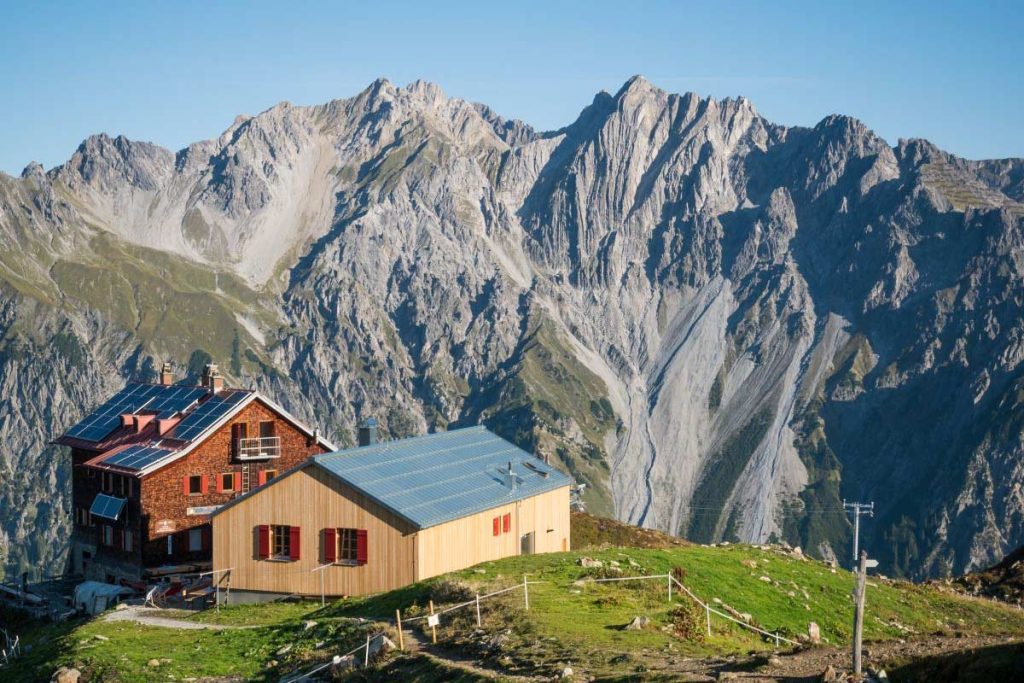
The DAV operates some 325 huts and over 200 climbing centres. In terms of huts, their very existence is threatened by the impact of climate change. Melting permafrost and significant differences in temperatures lead to unstable foundations and structural issues which may both result in significant investment in securing huts and potentially the loss of some huts. Secondly there is the need to make all huts more energy efficient.
Broadly speaking, the DAV reports that:
- The framework conditions for huts are very different so that there is not one single measure to reduce emissions that can be applied to all huts.
- Many huts have already improved their energy efficiency over recent years by replacing fossil fuels, improving thermal isolation, ensuring installation of photovoltaic systems, and replacing the lighting systems.
- Construction works at DAV huts follow strong sustainability guidelines, especially those directly funded by the federation.
- The federation ensures that emissions from construction works are balanced, as well as the emissions that are based on consumption and energy use.
- There are guidelines in place for making the management of huts more sustainable, such as information on climate friendly catering.
- Huts are awarded a certain label (“Umweltgütesiegel”) if they operate environmentally friendly as well as if they offer regional and climate friendly products (“So schmecken die Berge”). This allows the visitor to make an informed choice about where to stay and perhaps prioritise visiting huts who have met certain standards.
- Results and analysis on emissions can be used to derive specific targets for e.g. an acceptable average energy consumption at DAV huts. More data is though needed to establish this baseline.
Supporting individual clubs/sectors
As reported above, the DAV has well over 350 local clubs. Coordinating the climate action plan across all entities is a significant task.
Here the DAV reports that the general commitment to sustainability and climate protection is based on high approval rates at the Annual General Meetings for the sustainability strategy (93%), climate protection strategy (87%) and climate protection concept (86%), including mechanisms such as CO₂ fee or emission balancing.
The DAV has implemented the function of climate protection volunteers in its subdivisions. These climate action volunteers are the federation’s main contact persons in terms of climate related questions.
To support these volunteers, the DAV offers a set of formats in order to support their work within the sections. These include:
- E-learnings on emission balancing
- Guidelines, checklists and best practices in the DAV intranet as main source of information
- Newsletters
- Microsoft Teams channel for sharing of information
- Courses within the DAV-academy on climate related topics (e.g. sustainable mobility)
- Monthly “climate info” as a digital exchange format for news and best practices
- Organisation of networking events
- Weekly “hotline” for questions on emission balancing
Travel: Improving the transport network to make choosing easier
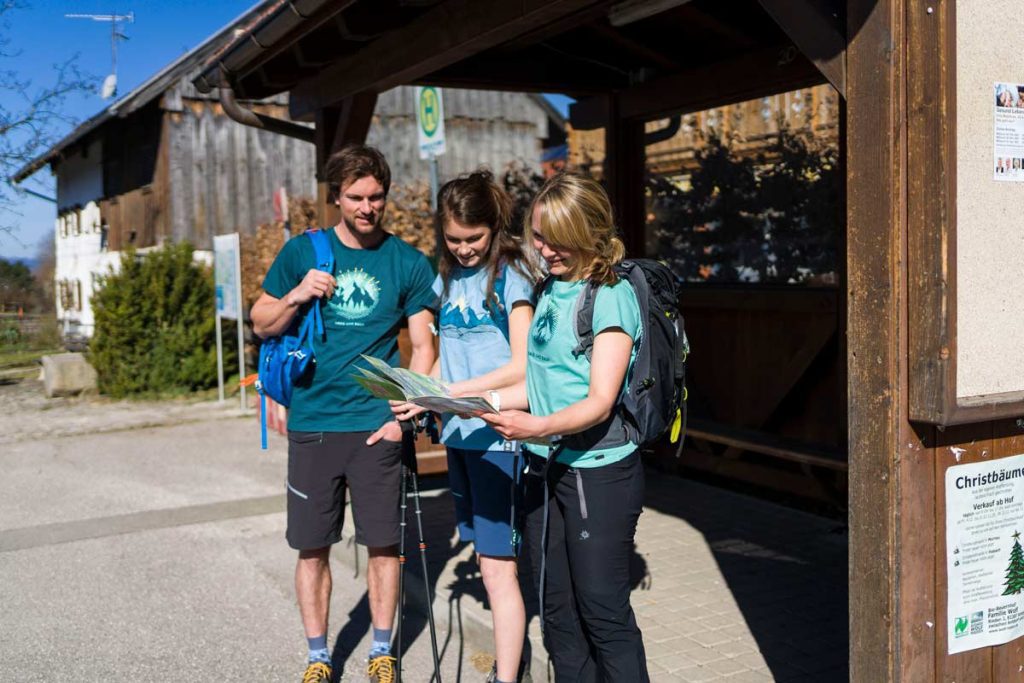
The DAV, as with most federations of a similar nature, reports that the biggest cause of its carbon emissions is travel, whether for events, competitions and meetings. This also filters down to emissions created by individual climbers and mountaineers.
In terms of this approach the DAV reports that:
- Changing habits takes time and is not an easy process.
- There are some challenges with the frequency of public transport in rural areas. In some instances, public transport is more expensive than using cars and, very often, takes longer.
- Mobility is one of the biggest challenges and major levers for reducing emissions. But making it mandatory for people to use public transport (at least for a certain percentage of attendees of an overall course programme) can both meet resistance and is not always practical. As a countermeasure, some sections have already introduced standards for their course programme in terms of acceptable distance per day or share of public tours within their programmes.
- Working with incentive schemes is not always viable. In the case of Germany, the tax law does not allow clubs to pay for individual train or bus tickets.
- There are many sections that do not have their own infrastructure such as climbing centres or huts. So their only way of reducing emissions is to change the structure of their course programme.
- One of the key messages is: Travel for a longer time but less often so that the relation between travel distance and days is most efficient. This mantra is if often easier for clubs that are located closer to the mountains.
In terms of implementing measures to try and negate the impact of travel, the DAV reports the following:
- The federation conducted an evaluation of the DAV-education programme in terms of access by public transport. New course and event locations will be selected based on sustainability criteria.
- Some modules within the DAV-education programme have been transferred to a digital format.
- Guidelines have been created for planning courses and tours in a climate friendly way.
- There is also a guideline for event organisation in place that emphasises accessibility by public transport.
- The DAV Summit club has set up a shared ride platform that can be used for DAV courses.
- The DAV has introduced a climate friendly travel expense policy that strengthens the use of public transport.
The DAV has also published an online map and information detailing public transport routes to 600 Alpine huts from Germany.
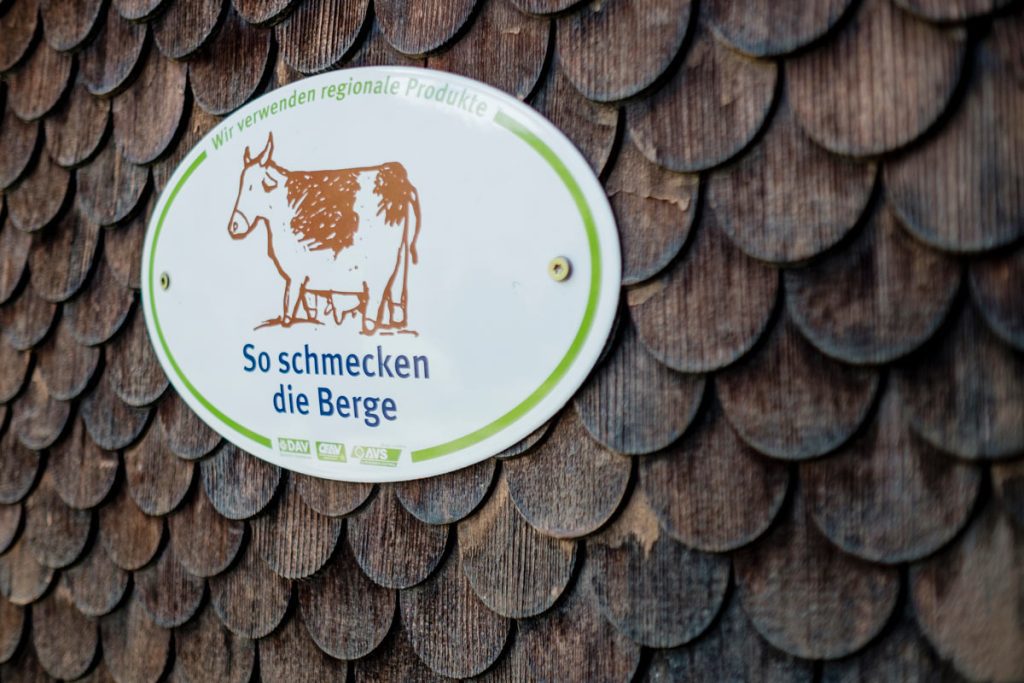
Recognition at a national level
In recognition of its work the DAV was recently granted the 2024 German Sustainability Award.
As Dominik Birnbacher, DAV Climate Protection Project Manager reports: “We see that the DAV, in many fields, serves as a role model for other sports organisations in Germany for example in terms of balancing emissions, introducing CO₂ fees or establishing a climate fund. Furthermore, surveys show that many of our new members join the DAV also because of its work for nature and climate protection.”
Birnbacher closes with a remark which will resonate for all UIAA member associations: “Balancing your identity as a sports organisation on the one hand and nature protection organisation on the other hand remains a challenge both now and in the future. We are convinced that mountain sports and nature and climate protection can all work together.”
The UIAA thanks the DAV for its informative presentation and the information provided in this article which will prove useful for members of the UIAA currently devising or implementing their own sustainability strategies.
For any questions and for further information:
DAV Mountain Protection
UIAA Mountain Protection

